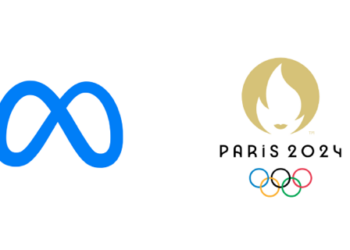According to May 2015 research conducted by On Device Research for the Interactive Advertising Bureau, smartphone video viewers worldwide were most likely to watch via video such devices between 8pm and 11pm. As such, and despite smartphones’ on-the-go factor, viewing was most likely to take place at home, with 90% of respondents reporting Smartphone video viewing at home, vs. 49% who watched it away from home.
Most respondents hadn’t cut back on TV time too much, as just 22% said they watched less television because of their habit of Smartphone video viewing. However, Smartphone video viewing still found its way into the TV viewing experience for the majority of respondents. Fully 53% said they watched smartphone video simultaneously while watching TV.
The study noted that multiscreening was a two-edged sword. While it could potentially “offer a pathway to creating more engaging and creative multimedia campaigns,” it also presented marketers with the challenge of maintaining viewers’ split attention.
January 2015 research by IAB also found that 69% of US smartphone-owning internet users—not limited to video viewers—used such devices while watching TV.
Possibly in an effort to reach these multiscreen viewers, IAB’s May 2015 study found that many advertisers were re-purposing the same TV advertisements for mobile.
Fully 28% of respondents said they often saw ads on mobile video that they had also seen on TV, and an additional 38% saw them sometimes. Just 6% never reported seeing this. Though this may seem like a good way to reach dual-screening viewers, IAB noted that “marketers might be missing out with this approach,” as it limits them from satisfying consumer demand for relevant mobile placements.
Fully 82% of respondents said the ads that appeared in mobile videos should be tailored in any way so they were of interest, vs. 18% who didn’t care if they were tailored at all. The most-desired tailoring was to include ads related to the video being watched, while viewing history, context and location also mattered.

















